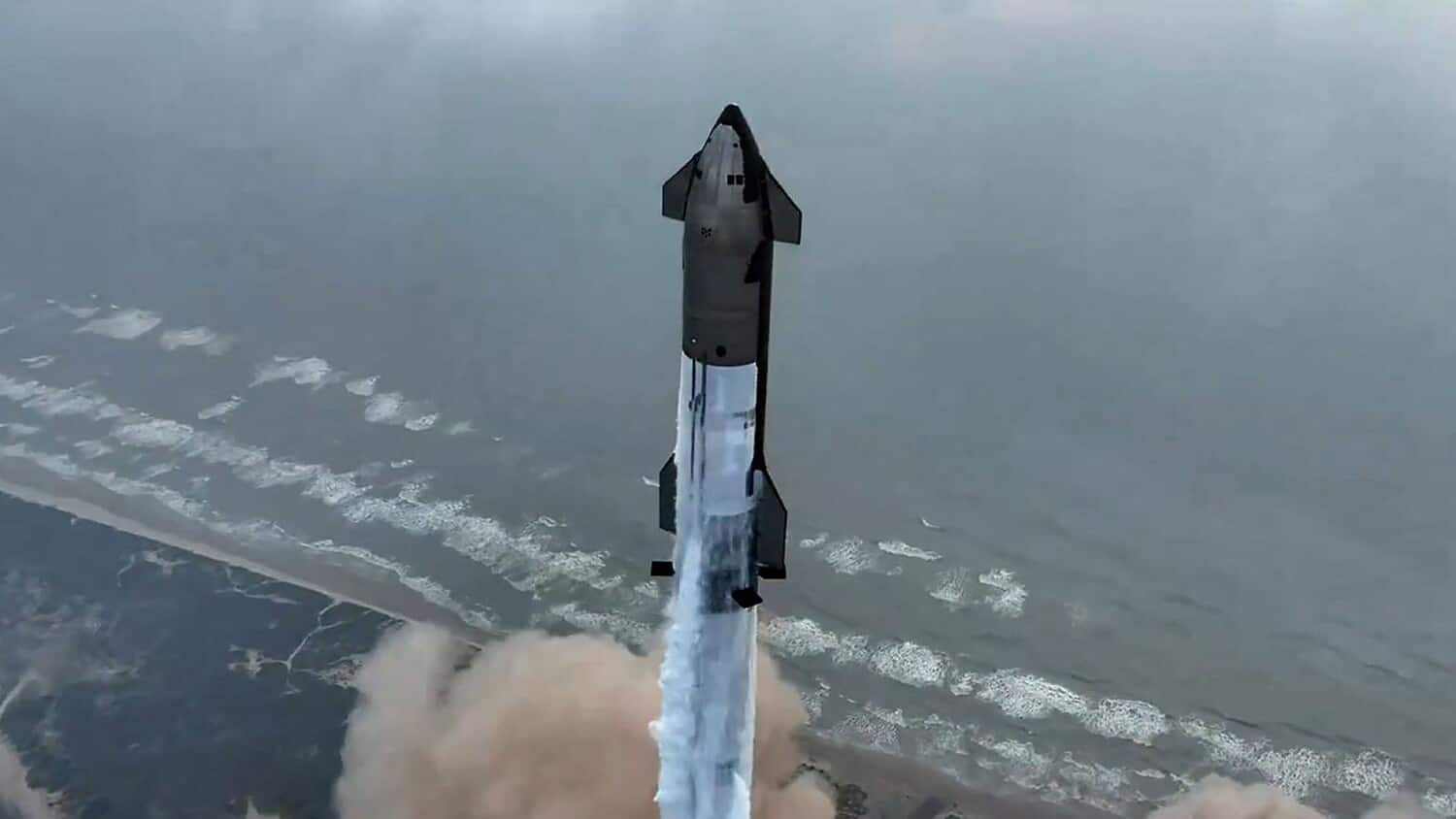
SpaceX fails to repeat Starship catch, booster explodes on return
What's the story
SpaceX successfully launched another Starship rocket today, marking the sixth test for the world's most powerful rocket. However, unlike the previous launch, this time the booster wasn't caught by giant mechanical arms. Instead, it executed a controlled splashdown in the Gulf of Mexico and exploded shortly after. The decision to abort the catch was made four minutes into the test flight from Texas due to unspecified reasons.
Twitter Post
Take a look at booster's splashdown and explosion
Booster 13 splashdown in the Gulf of Mexico. Tower was go, but booster was not. pic.twitter.com/RwhZDxPaQU
— Chris Bergin - NSF (@NASASpaceflight) November 19, 2024
Official statement
Not all criteria for a booster catch were met: SpaceX
SpaceX spokesman Dan Huot said that not all criteria for a booster catch were met during this test flight. Hence, the flight director did not command the booster to return to the launch site. During the return phase, "automated health checks of critical hardware on the launch and catch tower triggered an abort of the catch attempt," said SpaceX in a blog post.
Test flight
Starship's journey and new objectives achieved
Despite the aborted catch, the empty spacecraft launched from Texas atop Starship continued its journey across the Gulf of Mexico. It followed a near-global loop, much like October's test flight, before descending into the Indian Ocean. "Starship completed another successful ascent, placing it on the expected trajectory. The ship successfully reignited a single Raptor engine while in space, demonstrating the capabilities required to conduct a ship deorbit burn before starting fully orbital missions," said SpaceX.
Future goals
Starship's future plans and Trump-Musk relationship
SpaceX hopes to one day return and reuse the whole 400-foot Starship, a move that could drastically cut costs and speed up missions to the moon and Mars. The launch was witnessed by President-elect Donald Trump, underscoring his increasingly warm relationship with SpaceX's founder and CEO Elon Musk. Trump has appointed Musk to co-lead an advisory group to make the government more efficient.
Space exploration
NASA's investment and SpaceX's ambitious launch plans
NASA has pledged more than $4 billion to SpaceX for landing astronauts on the Moon through Starship in back-to-back missions later this decade. Musk imagines launching a fleet of Starships to establish a city on Mars someday. The company is also eyeing more test flights, with Musk aiming for 25 Starship launches in 2025 and 100 a few years after that.